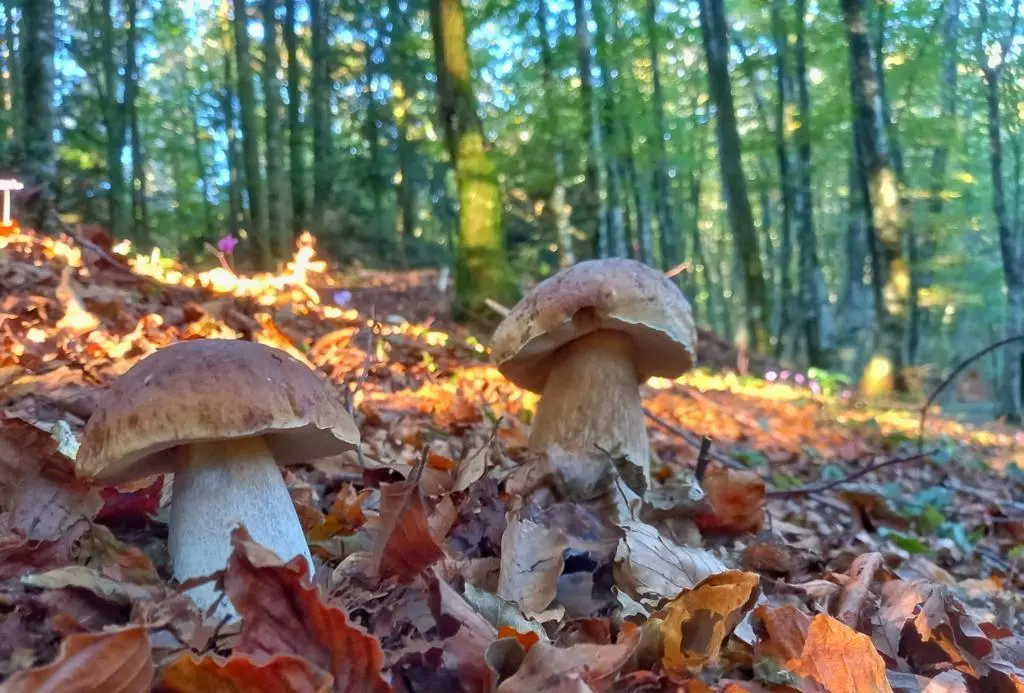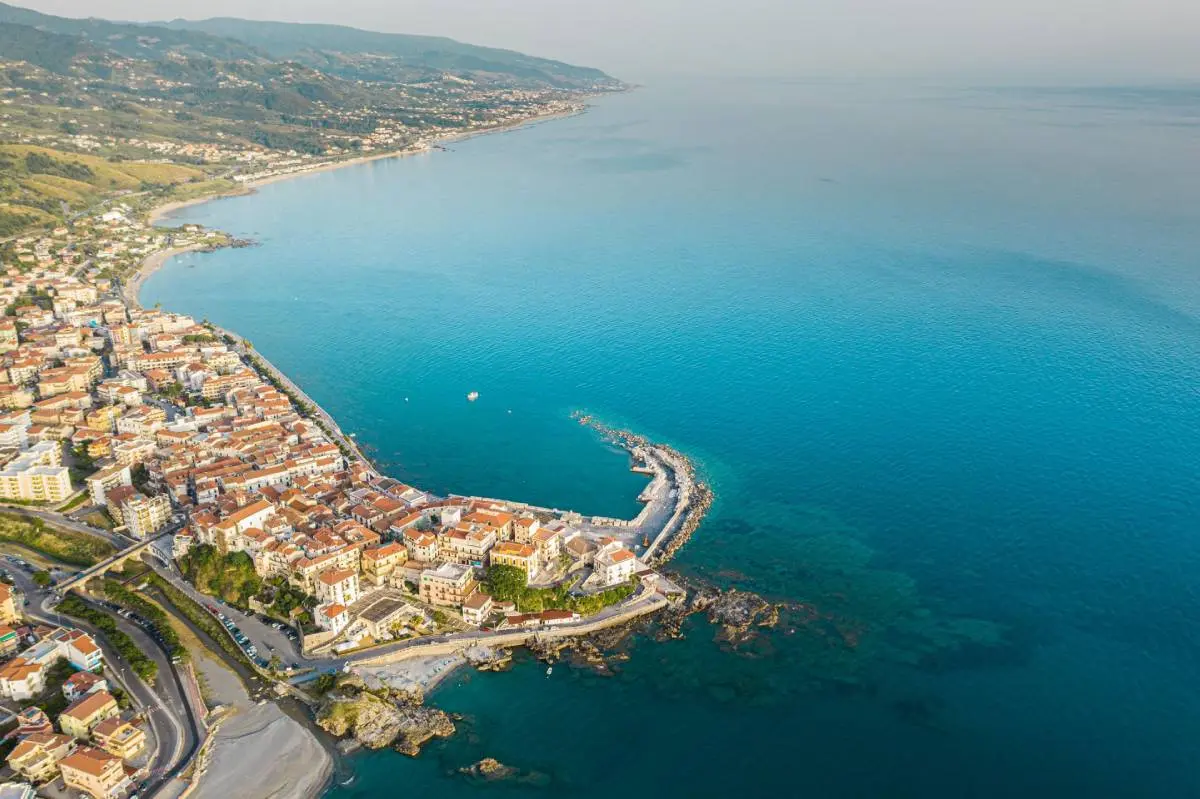A taste of Belmonte Tomato, the king of summer
Come and taste the Belmonte Tomato, undisputed king of the Calabrian summer, and discover what to see in the village
Food and wine
Regione Calabria
The king of the Calabrian summer has only one name: Belmonte Tomato!
This renowned tomato, originally from Belmonte Calabro in the province of Cosenza, is the basis of the main Calabrian summer recipes and the typical salad, the very symbol of summer in the south.
Let's discover together the unmistakable characteristics of the Belmonte Tomato and the things to see during a trip to Belmonte Calabro.
Tomato of Belmonte Calabro
The Belmonte Tomato, a.k.a. Llycopersicon lycopersicum, is an extraordinary variety of tomato grown in the town of the same name along the Tyrrhenian coast of Cosenza.
What distinguishes the Belmonte Tomato?
The fruits are large, averaging 400/500 grams in weight, and must be harvested when not yet fully ripe. The Belmonte Tomato boasts the De.Co. (‘Municipal Designation of Origin’) mark, as it is strictly linked to its territory of origin, Belmonte Calabro, where farmers still manually select the seeds for the new seedlings.
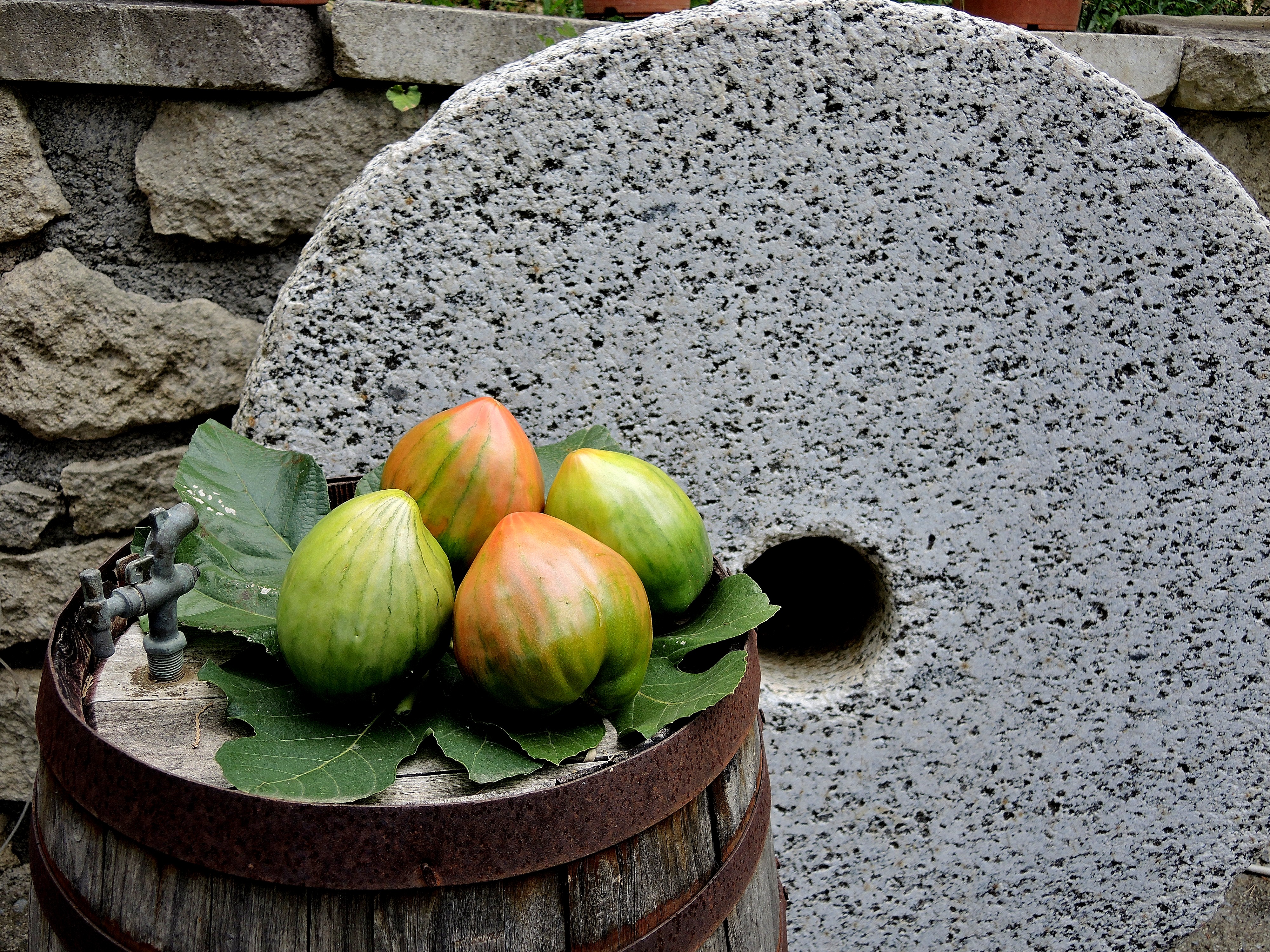
One of the most important Italian tomatoes, the Belmonte Tomato is a high quality cultivar, suitable for trade, as harvesting early compared to ripening means that the fruit remains intact for sale.
Any recipes using Belmonte Tomato?
Let's start with a great Calabrian summer classic: Belmonte Tomato salad with PGI Tropea Red Onion, Calabria PDO Extra Virgin Olive Oil, Calabrian chilli pepper and basil.
It continues with some traditional Belmonte Calabro recipes, such as fettuccine with shrimp and Belmonte Tomato or the irresistible Belmonte Tomato Steak: a giant tomato sliced, grilled and seasoned with typical Calabrian herbs.
What to see in Belmonte Calabro
Belmonte Calabro offers visitors a beautiful historical centre, with a typically medieval structure, with houses leaning against each other that line narrow alleys, stately residences, small squares, courtyards and steep stairways.
The town rises in the Tyrrhenian hinterland, in a panoramic position, and boasts an Angevin foundation dating back to the second half of the 13th century. The fief of Belmonte Calabro was ruled by the main noble families of the area, each of which left architectural signs of their passage: Pignatelli Palace, Rivellino Palace, Ravaschieri della Torre Palace.
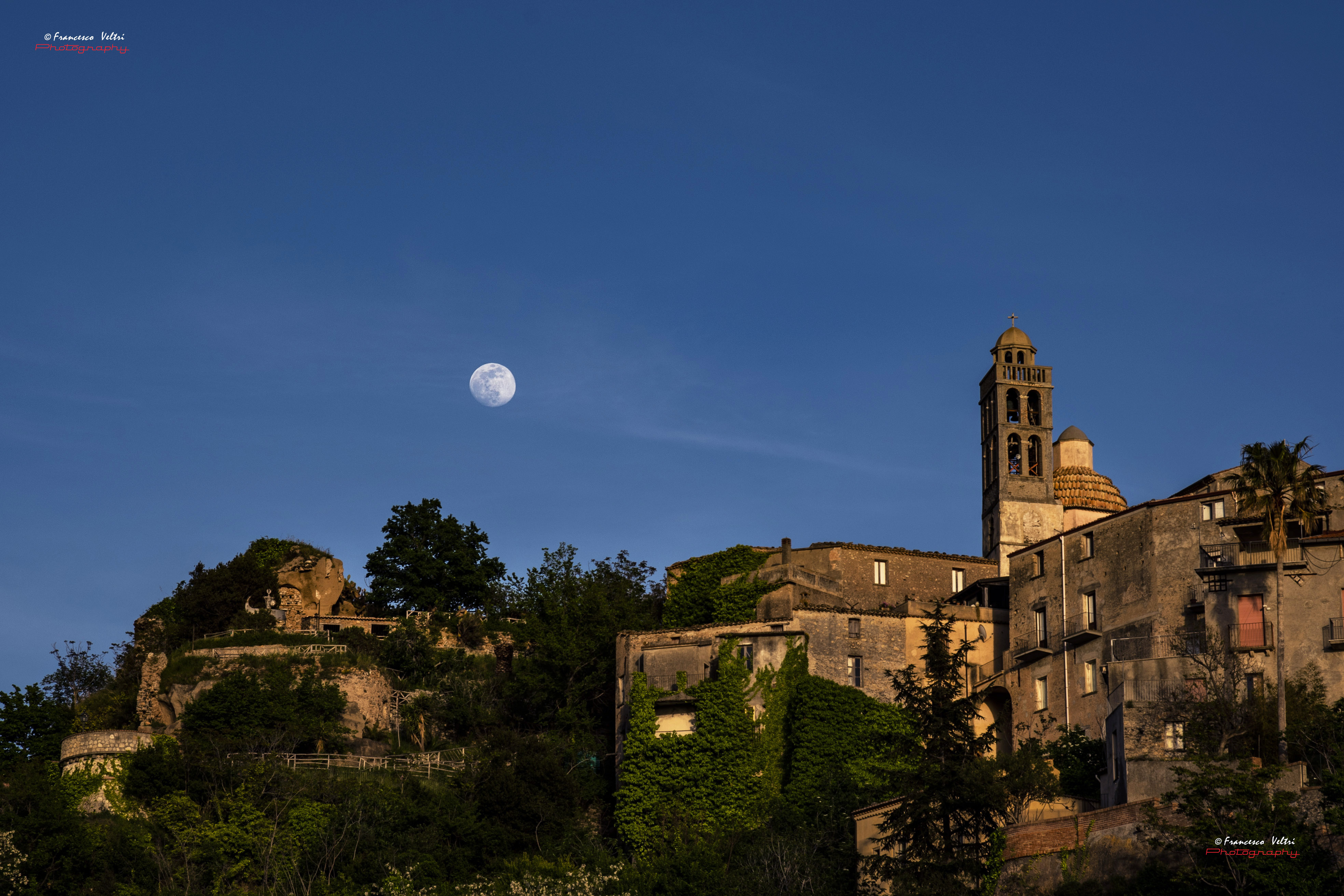
What to see in Belmonte Calabro? From the medieval period and its fortifications, the ancient Porta Laterale that opens northwards, towards the Vallone della Porta, the Via della Porta di Mare and the remains of the City Wall survive.
Symbols of the town are the Castle of Belmonte Calabro, built in 1271 and now housing the Municipal Library and the Museum of Rural Civilisation, and the splendid Collegiate Church of Santa Maria Assunta (16th century), with the numerous churches around it and the 17th-century former Capuchin Convent.
On the hill of Belmonte Calabro stands the only monument in Italy dedicated to the memory of a fascist hierarch: it is the Monument to Michele Bianchi (1932), a tomb consisting of a tall travertine-covered column, inspired by Trajan's Column, and surmounted by a four-armed iron cross once used as a lighthouse.
The monument, like the numerous Saracen watchtowers that mark the coastline, are vantage points over the Marina di Belmonte Calabro, a wonderful coastline that is much loved by holidaymakers.
The Isca Grande Rock, which dominates the Belmonte Calabro beach, is an integral part of the Regional Marine Park "Scogli di Isca" (which also includes part of the marine territory of nearby Amantea).
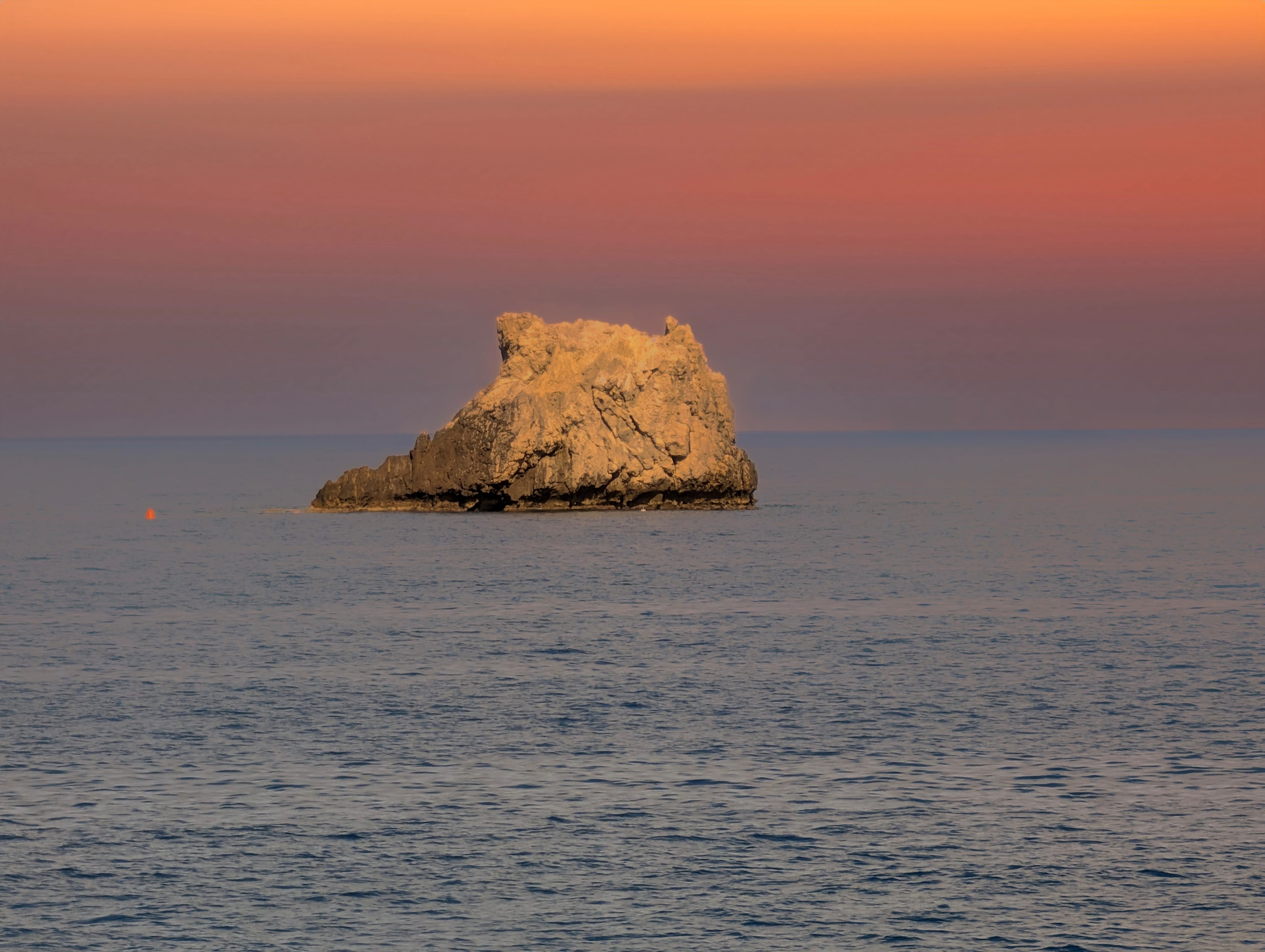
https://calabriastraordinaria.it/en/news/a-taste-of-belmonte-tomatoes-the-king-of-summer

